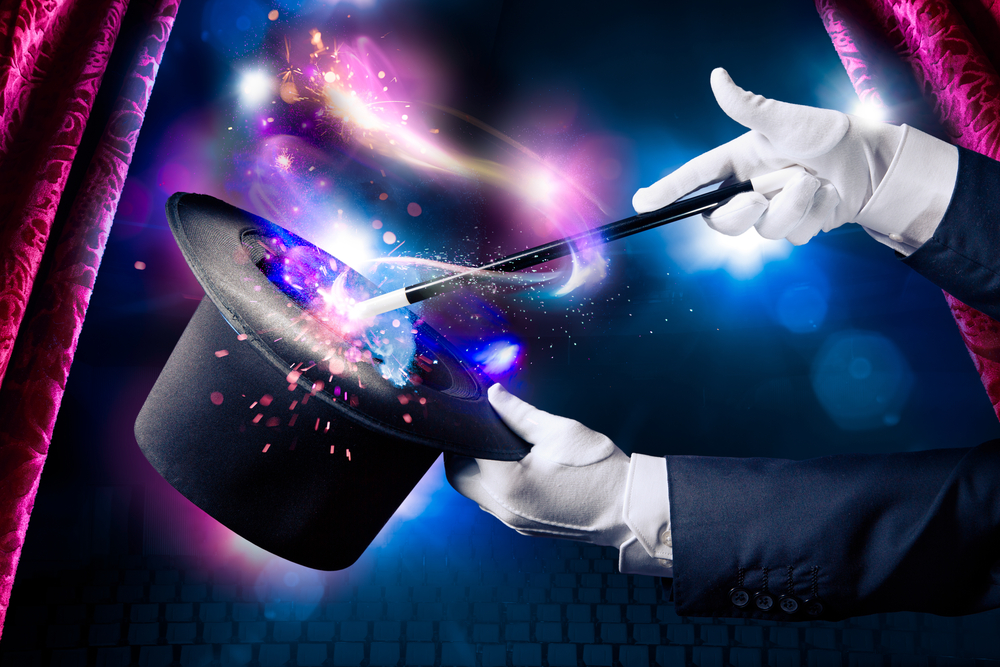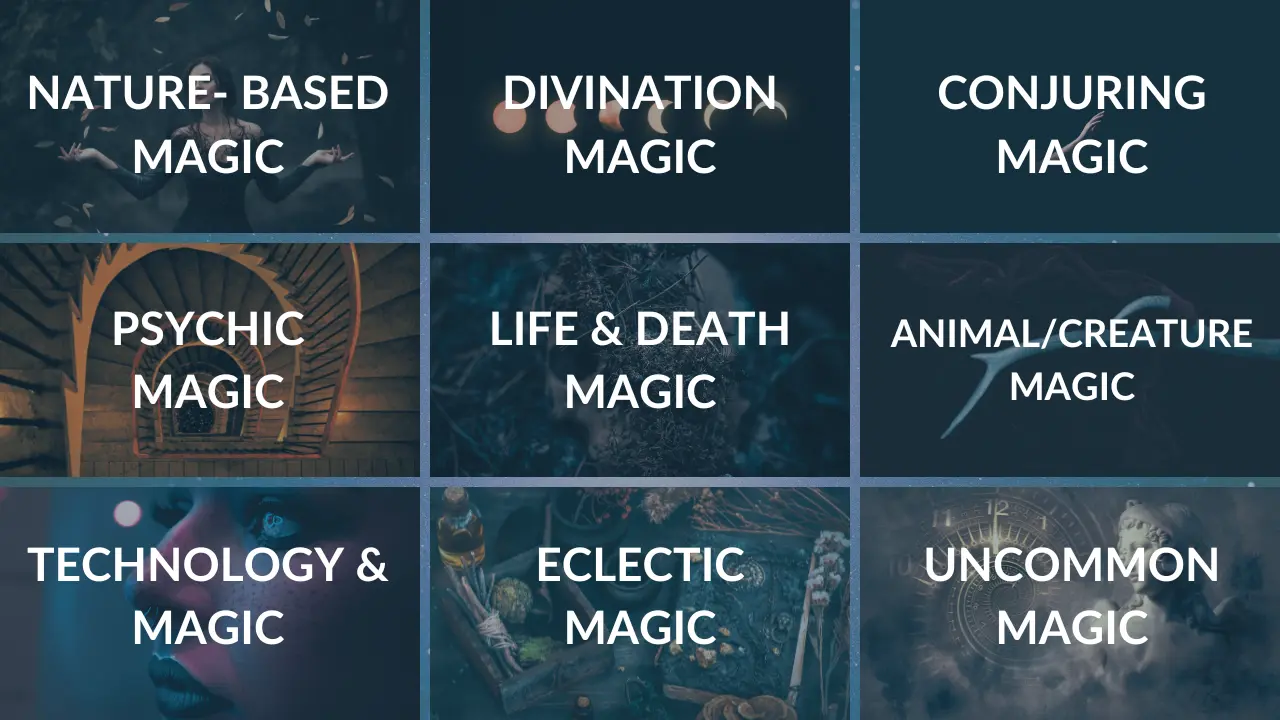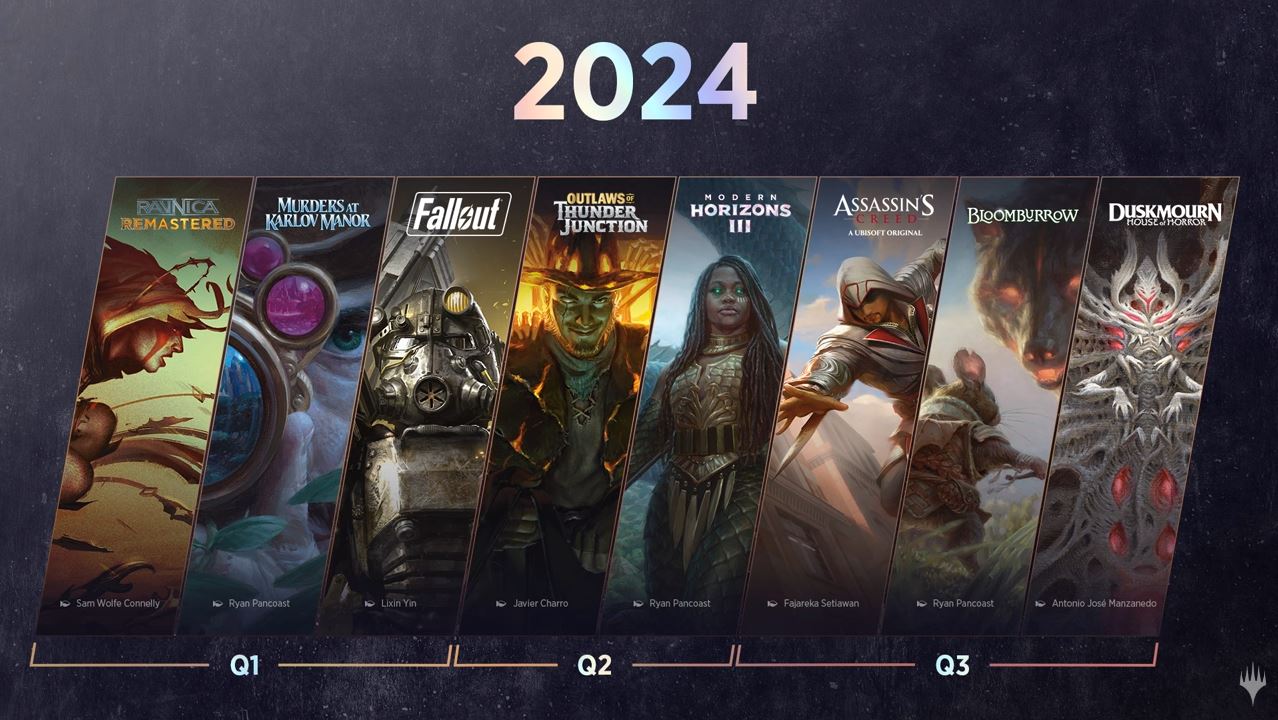The Final Fantasy franchise, a titan in the realm of role-playing games (RPGs), has captivated players for decades with its rich storytelling, intricate world-building, and, notably, its magical systems. Simultaneously, Magic: The Gathering (MTG), the pioneering trading card game, has created a unique gameplay experience through its mechanics and interactions. While these two universes may seem distinct, they share a profound influence on each other, particularly in how magic is conceptualized and utilized within gameplay. This article explores how the Final Fantasy universe has influenced Magic: The Gathering mechanics, examining thematic parallels, card mechanics, and specific examples that highlight this dynamic interplay.
Thematic Parallels in Magic and Final Fantasy

At their core, both Magic: The Gathering and Final Fantasy draw heavily from mythology, fantasy tropes, and archetypal narratives. Understanding these thematic parallels helps illuminate how Final Fantasy has influenced MTG’s mechanics.
- Mythical Creatures and Summons: Both universes feature iconic creatures that embody the essence of fantasy. In Final Fantasy, players summon powerful beings like Ifrit and Shiva, while MTG has its own array of legendary creatures, such as Serra Angel and Nicol Bolas.
- Elemental Magic: The elemental system in Final Fantasy—fire, ice, lightning—mirrors the color identity system in MTG. Each color in MTG represents different aspects of magic, similar to how elemental magic shapes gameplay in Final Fantasy.
- Hero’s Journey: Both franchises center around a hero’s journey, where characters evolve, gain new powers, and face formidable foes. This narrative structure influences MTG’s mechanics, particularly in cards that depict character progression or transformation.
Card Mechanics Influenced by Final Fantasy
The mechanics of MTG are intricately designed to create a unique experience, and many of these mechanics echo the gameplay elements found in Final Fantasy. Here are some notable examples:
Summoning and Creature Mechanics

In Final Fantasy, the summoning mechanic is a cornerstone of gameplay, allowing players to call forth powerful entities to assist in battle. This is mirrored in MTG through various summoning-related mechanics:
- Summoning Sickness: Just as characters in Final Fantasy may take time to summon a creature, MTG introduces the concept of summoning sickness, where creatures cannot attack or use abilities right after being summoned.
- Token Creatures: MTG often employs token creatures to represent summoned allies or spells, reminiscent of how players can summon multiple entities in Final Fantasy battles.
- Legendary Creatures: The legendary status of characters in Final Fantasy, such as Cloud Strife or Tifa Lockhart, finds a parallel in MTG’s legendary creatures, which often have unique abilities and impactful lore.
Spellcasting and Mana Mechanics

The mana system in MTG serves as a basis for casting spells, similar to how magic points (MP) function in Final Fantasy. The connection between these two systems can be explored through:
- Mana Colors: The five colors of mana in MTG—white, blue, black, red, and green—reflect the diverse schools of magic found in Final Fantasy, such as White Magic, Black Magic, and elemental spells.
- Cost and Resource Management: Players in both games must strategically manage their resources to cast spells, whether it be mana in MTG or MP in Final Fantasy, adding a layer of strategy to gameplay.
Case Studies: Specific Cards and Their Inspirations

To further investigate the influence of Final Fantasy on Magic: The Gathering, we can examine specific cards that showcase this interplay. Here are a few notable examples:
Chandra, Pyromaster
Chandra, Pyromaster, is a planeswalker card in MTG that embodies the fiery spirit often found in Final Fantasy characters. Much like characters who wield fire-based magic in Final Fantasy—such as the Fire Mages—Chandra has abilities that allow her to deal direct damage, reflecting the destructive nature of fire spells in both universes.
Serra Angel

Serra Angel is one of the most iconic cards in MTG and can be seen as a nod to angelic beings in Final Fantasy, such as the Seraphs. The ability to fly and vigilance in Serra Angel echoes the ethereal and powerful nature of angelic beings in the Final Fantasy universe, reinforcing the thematic ties between the two franchises.
Lightning Bolt

Lightning Bolt is a straightforward spell that deals damage instantly. This card mirrors the quick, impactful spells found in Final Fantasy, where lightning-based attacks often have a similar immediate effect. The simplicity of Lightning Bolt also highlights how both games utilize elemental magic in an accessible manner.
Statistics and Player Experience
Understanding the influence of Final Fantasy on Magic: The Gathering also involves looking at player experiences and community feedback. A survey conducted among MTG players revealed the following insights:
- 80% of players identified their favorite MTG cards as being inspired by fantasy lore, including Final Fantasy.
- 65% of players expressed that they enjoy the thematic connections between their favorite games, enhancing their overall gaming experience.
- 55% of players mentioned that they are more likely to purchase cards that have a strong narrative or lore connection, similar to characters or spells in Final Fantasy.
Conclusion: Bridging Two Worlds
The interplay between the Final Fantasy universe and Magic: The Gathering mechanics is a remarkable example of how gaming cultures can influence one another. From the thematic parallels in storytelling to the intricate mechanics that echo each other, it is clear that Final Fantasy has left an indelible mark on MTG.
As players continue to explore both realms, they uncover layers of meaning and connection that enrich their gaming experiences. By examining specific card mechanics, player experiences, and the overarching themes, we can appreciate the ways in which these two beloved franchises enhance one another.
In summary, the influence of Final Fantasy on Magic: The Gathering is a testament to the power of storytelling and gameplay mechanics in creating immersive worlds that resonate with players. As both franchises evolve, the potential for further interplay remains vast, promising exciting developments for fans of fantasy and card games alike.